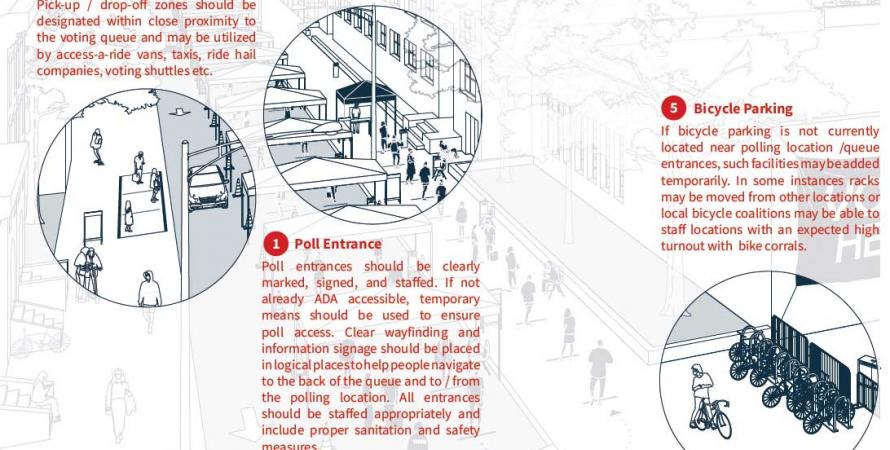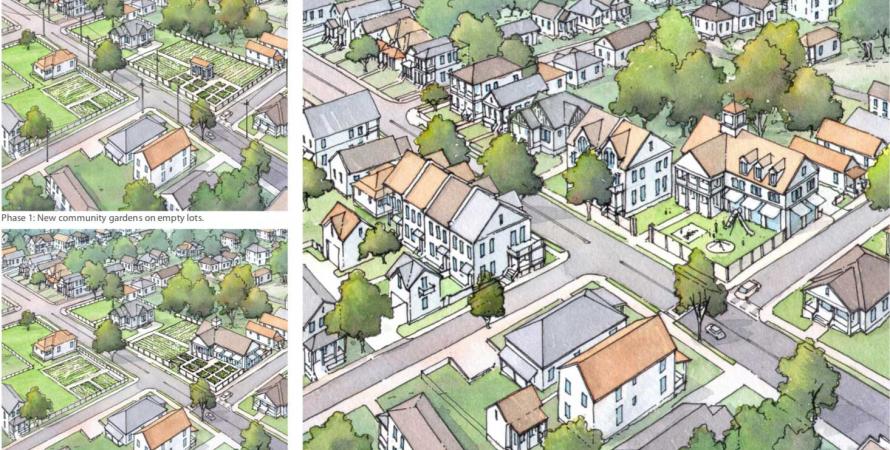-

Where are building types needed in land-use codes?
Regulation of building types helps to provide predictability and clearly articulate the intended outcomes in many kinds of walkable neighborhoods, but they are not helpful everywhere.As I wrote in May , building types are important in land-use regulations for many reasons. Now, let’s explore where they are needed. This post focuses on where building types are most effective, where they could be helpful but aren’t necessary, and where they are not necessary and should not be...Read more -

A Tactical Urbanism guide for pandemic voting
Streets for Voting is a useful tool for communities across the US struggling with new requirements for polling sites in a crucial election.Whatever happens on November 3, we can be assured of big presidential election turnout. How do officials deal with lines at polling places that demand social distancing and protection of workers and voters during a pandemic? Local governments and elected officials should consult Streets for Voting...Read more -

Investing in a city health district during the pandemic
Memphis, Tennessee, shows the benefits of having community investment and social infrastructure, supported by philanthropy and institutions, in place during a pandemic.During Covid-19, the Memphis Medical District Collaborative (MMDC) has worked to keep local businesses afloat while pursuing its long-term goals of revitalization of an underserved community. The collaborative’s 2020 activities have included a Small Business Emergency Assistant Fund, streetscape...Read more -

New urban revitalization in an underserved community
The Atlanta neighborhood of Pittsburgh was the subject of foundation investment to develop in an equitable way.The Annie E. Casey Foundation recently reported on progress in the Pittsburgh neighborhood of Atlanta, where the foundation funded a new urbanist Preservation of Pittsburgh plan in 2012. The name of the neighborhood has roots in its smoky, industrial character during the first half of the 20 th...Read more